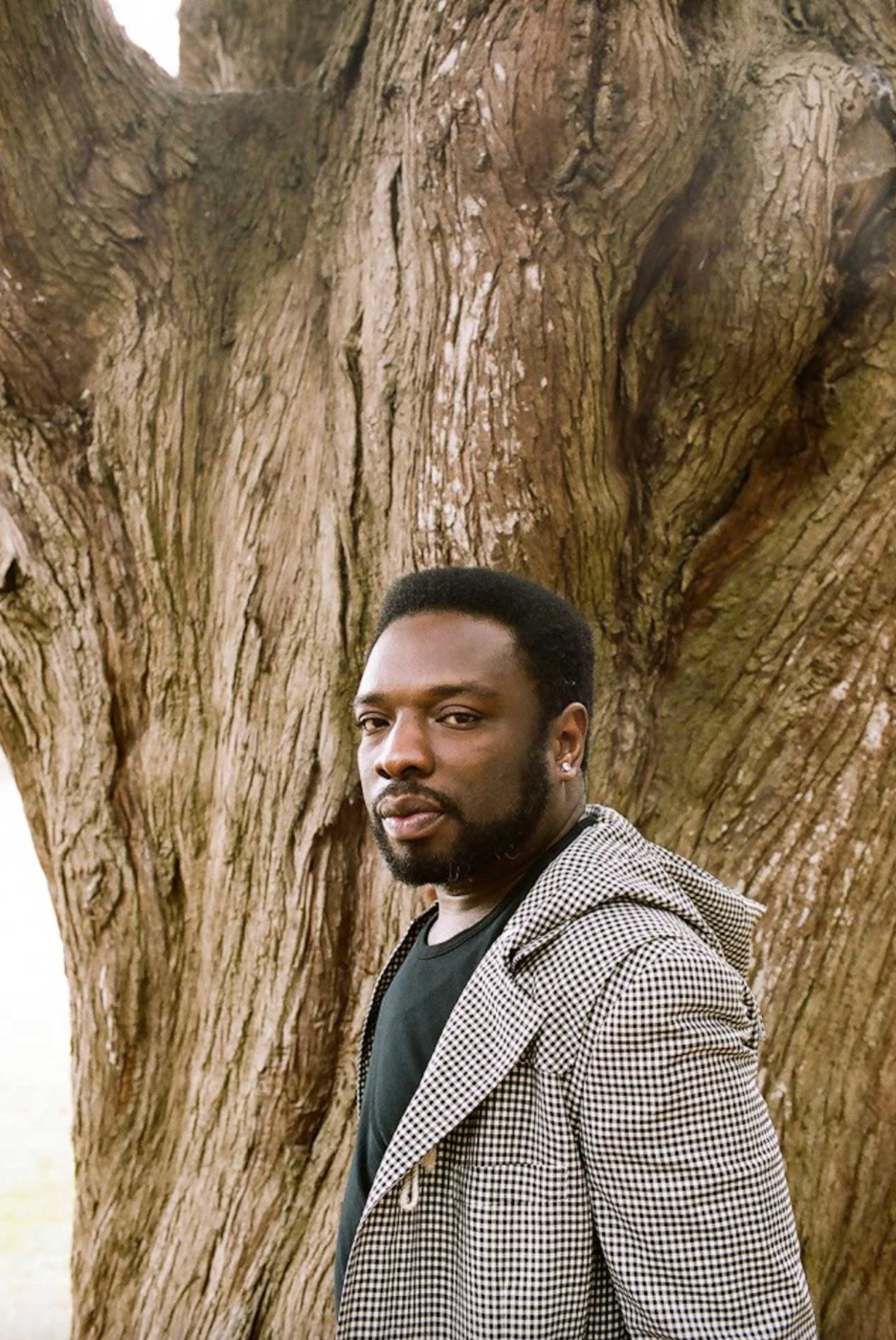KALUP LINZY
Interview by Michael Bullock
Image courtesy of NCJP

For years performance art has been the troubled forgotten stepchild of the New York art world. The reasons were obvious galleries didn’t know how to sell it and museums couldn’t figure out how to show it. However for the last five years a handful of forces have quietly come together to change these notions setting the stage to make performance art the most celebrated form of the new decade. This shift has two major champions: Roselee Goldberg and Klaus Biesenbach.
Roselee Goldberg literary wrote the textbook on the subject, Performance Art: From Futurism to the Present. First published in 1979 and now in its third edition. In 2004 Goldberg went on to found PERFORMA, a non-profit multi-disciplinary arts organization for the "research, development, and presentation of 21st Century visual art performance". In 2005, Performa launched the first ever Performance Art Biennial, a three-week long international showcase of emerging and established artist. The Biennial transformed all of New York City into one giant stage and instantly filled a missing gap in the structure of the art world. From the start it was a run away success nearly doubling in size in 2007 and 2009.
Klaus Biesenbach became the director of PS1 in 2009 as well as the Chief Curator at Large for MoMA. Biesenbach quickly made his mark by making performance a focal point of his programming. In 2010 he organized the ground breaking retrospective of his long time friend performance artist Marina Abramović. Half a million people visited the Abramovic retrospective, “The Artist Is Present,” making it not just a success for performance art but one of the most well-attended shows in the history of the museum. Charlie Finch of Artnet wrote: "It was the first exhibition of performance art to have an impact on the cultural world at large”. Biesenbach has used his post at PS1 to foster the next generation of Abramovic’s. One artist featured here went as far as to say that this very portfolio was a showcase of Klaus’s children.
Goldberg and Biesenbach’s influence have ushered in a new wave of talent that has brought performance art up to date while making it there own. There work has delighted curators, art lovers and even the general public thanks to a new level of on-line accessibility. Here Modern Weekly introduces the scene brightest new stars: Hanah Bin, Ryan McNamara, Yemenwed, Kalup Linzy, Laurel Nakadate and Liz Magic Laser. Each artist explain how they came to be performance artist, why they make what they make and why how they feel about performance arts epic renaissance.
Why were you drawn to performing as a medium?
I grew up performing in church and for family. As a child I would sit on of my father’s porch and sing all the time. In middle school I started watching soap operas. They nurtured my desire to perform. In high school I did theatre but by the time I got to college I was burnt out. I started playing the piano again, seriously in 2006, when I started doing Taiwan.
Taiwan?
The character, you know. I started making videos in college and I created all these characters. Eventually, I wanted to take them outside of the videos.
What were your first few video’s about?
I just wanted to make something my friends could laugh at. I made one called Roman and Juliana. In it the white characters lip-synched to my black dialect and I lip-synched to their white dialect. Another from that period was The Young and the Men. At that time I had just starting to deal with my sexuality. It was about this guy proposing to his boyfriend. He is turned down because he’s afraid to bring his partner into the religious setting of his family.
Where did you show those videos?
I sent them to film festivals but they never fit because they were too low tech. I also applied to one art program: Skowhegan. At the time I didn’t really even know what it was but they ended up accepting me. They said I was dealing with race and language in a new way and they were curious. In the art world people were interested and I started to get shows.
When was the first time you took a character into a live setting?
My birthday party at PS1 in 2006. I sang 'Asshole', and people said I should do a dance remix. That was the moment that I started to consider it seriously. My video’s had never been about me exploring the medium of video. They were always about taking on different personas, always rooted in performance.
You recently started collaborating with Hollywood star James Franco?
He was crashing a lecture at Columbia and saw me talk. He had just finished shooting General Hospital and I was talking about my love of Soap Operas and he had an epiphany and invited me to play a performance artist on the show with him. On the show my character collaborates with his character which lead to us collaborating in real life.
This is a great question for you since you work in both worlds. What is the difference between performance art and entertainment based performance?
At the top level Hollywood actors are performance artist. It’s about embodying the character, owning your emotions and allowing yourself to be completely in it. It’s also about the context you put yourself in. I’m not making Hollywood film. It’s obvious that there videos, the dialogue is sometimes entertaining and sometimes critical. It starts turning something on its ear. That’s where the performance art come in. It starts to change expected systems.
